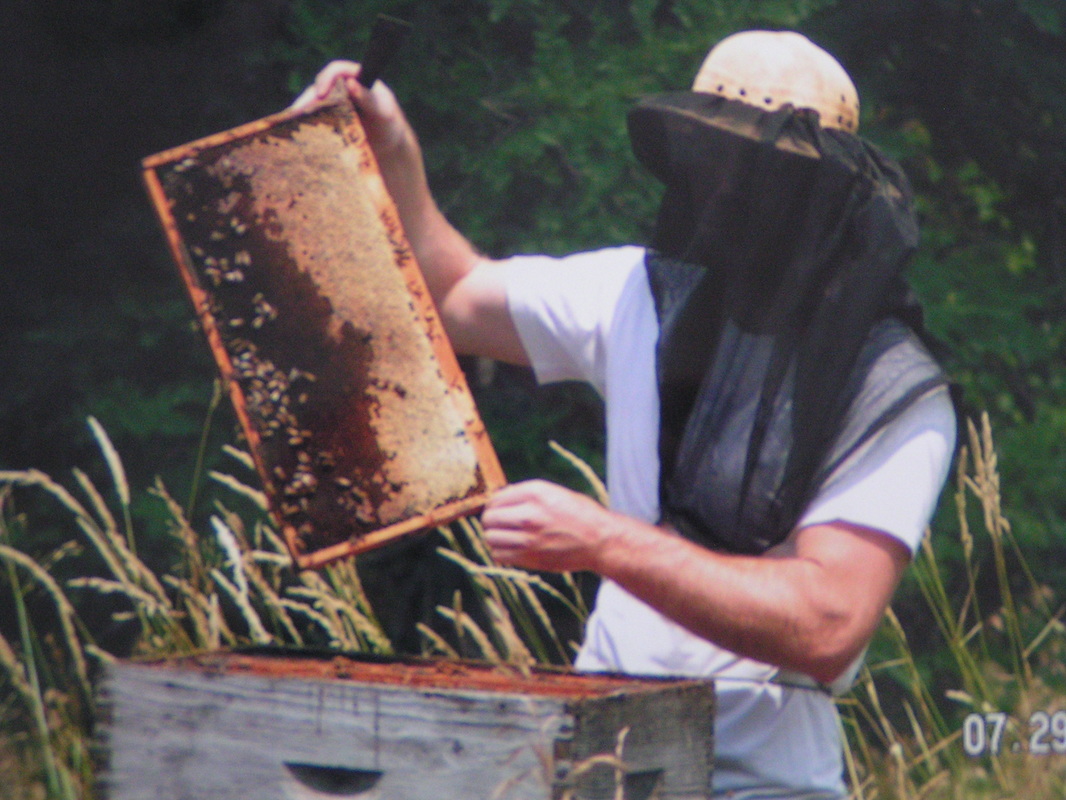As part of their experiment, the researchers placed a number of artificial flowers in 'flight arenas'. Blossoms of one particular color had been baited with nectar. The scientists then released a group of bees into the arena while another group of bees was placed on one side of a screen so they could observe as their fellow bees collected nectar from the fake flowers.
Later, the observer bees were released into an arena so they could obtain their own nectar. Bees in the second group repeatedly chose flowers the same color as those they had seen chosen by the first group, unlike a group of 'naïve foragers' – bees who had not watched the first group.
However, bees that been previously trained to associate the popular flower color with quinine (a substance that bees dislike) disregarded their fellow bee’s preference, opting for other flowers instead. Just an example of how sometimes being smart means following your gut."
Like People, Bees Learn From Watching One Another
by Alyson Foster

 RSS Feed
RSS Feed
